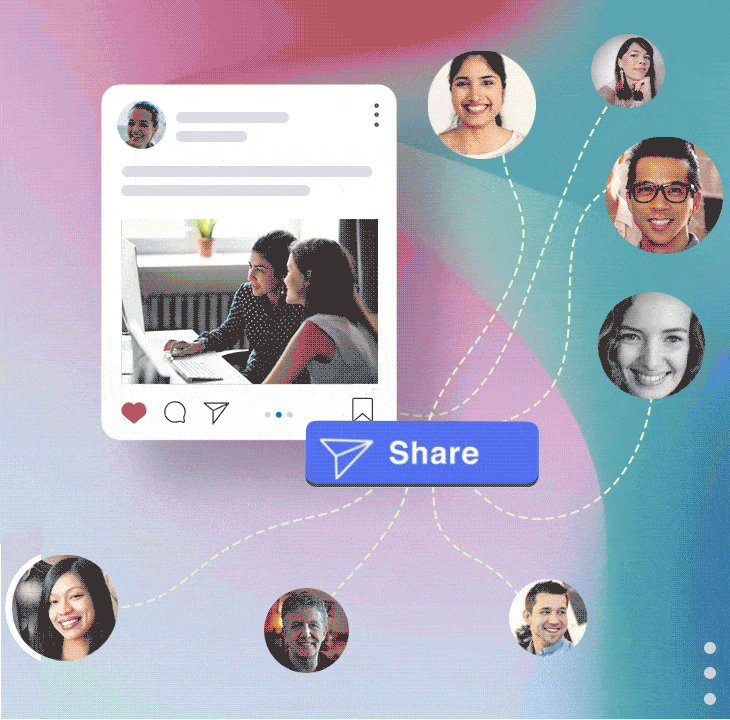Implementing employee influencer strategies to improve communication at all levels of your company strengthens organizational culture and projects an authentic image with leaders and employees who inspire and connect.
Employee influencer: a new paradigm in internal communication
In this context, employee advocacy emerges as a central concept. This approach promotes the active participation of employees as brand ambassadors who, by sharing their experiences and values, amplify the company’s message both internally and externally.

Leaders who adopt this strategy not only inspire their teams but also reinforce the organizational culture and project a more authentic and approachable image.
The importance of transparency in business communication
Today’s audience increasingly values transparency and access to behind-the-scenes aspects of companies, including real emotions and the challenges they face. This trend has driven the employee influencer phenomenon.
According to a study by Ogilvy, 49% of respondents believe that influencers can make brands more credible and trustworthy, and 40% have seen improvements in lead generation or sales through influencer marketing.
How to implement an employee influencer strategy
Both frontline leaders (CEOs, department heads) and second-tier leaders with their teams can become great influencers for the company, contributing to brand positioning not only internally but also externally through their own social networks like LinkedIn.

Employee influencer strategic communication
Without a doubt, planning and establishing a clear strategy is key.
Here’s a step-by-step guide:
Identify potential influencers: select employees who already have influence or presence on social media, or who are interested in starting.
Train employees: offer training on content generation strategies, including best practices, as well as guidelines aligned with the organizational culture.
Analyze trends: research current market trends and integrate them into content creation to keep it relevant and engaging.
Promote authentic content: create a posting calendar where employees share personal stories and work experiences that reflect the company culture.
Evaluate and adjust: analyze which content generated the most interaction and optimize the strategy, focusing on what resonates best with the audience.
The impact of internal influencers on organizational culture
Leaders within the organization, such as directors and team managers, are key to promoting corporate culture and motivating employees with messages aligned with corporate values. Their active participation on internal platforms, such as corporate social networks or newsletters, improves communication and fosters a cohesive and participatory work environment.
With a well-designed strategy, any leader within the organization can become an influencer. Undoubtedly, this will help boost your employer brand. Authenticity and empathy in communication are essential to connecting with both the internal team and the external audience.

External influencers: expanding beyond the organization
On the other hand, when leaders and their teams extend their influence to the external realm, participating on social media and other digital platforms, they can humanize the company’s image and strengthen its market positioning.

These corporate influencers not only share industry knowledge and trends but also increase the company’s visibility and position it as a leader in its sector.
At Oxean, we understand that developing influencers within an organization is a powerful strategy for transforming business communication. We help our clients design and execute plans that amplify the voice of their leaders, ensuring that each message resonates effectively both inside and outside the organization.
Frequently asked questions
What is an employee influencer?
An employee influencer is an employee who acts as a brand ambassador, sharing their experiences and values to amplify the company’s message.How can leaders become influencers?
Leaders can become influencers by actively participating on social media and other platforms, sharing content aligned with the company’s values.What are the benefits of employee advocacy?
Employee advocacy strengthens organizational culture, improves internal and external communication, and positions the company as a leader in its sector.Why is transparency important in communication?
Transparency builds trust and credibility, which are key aspects of building a strong relationship with employees and the external audience.How do you start an employee influencer strategy?
Start by identifying employees with potential, provide them with training, and create a content plan aligned with trends and company culture.




